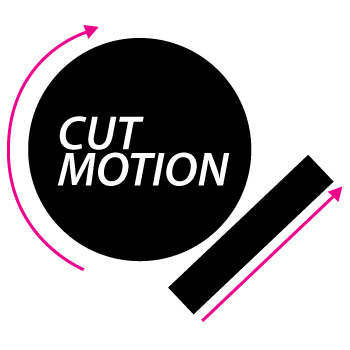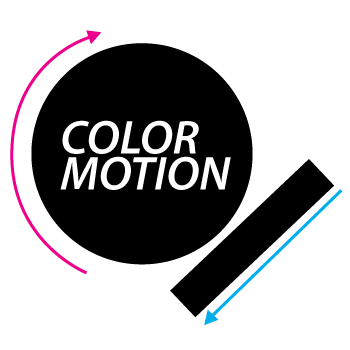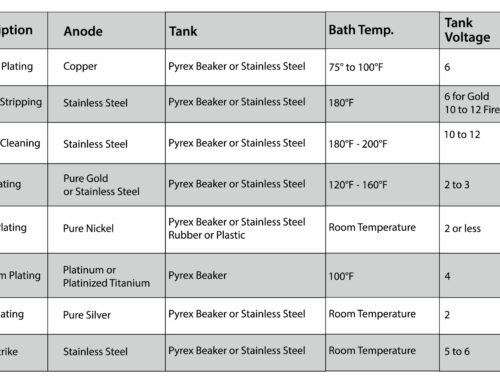Cut and Polish Motions – When using your buffing wheels, there are two very important basic motions that you should know and use.
- Cut Motion: This motion provides you with a smooth surface on your jewelry piece and leaves it with a semi-bright and uniform finish. To accomplish this smooth surface, you should move the workpiece against the direction that the wheel is turning and use a medium to hard pressure.
- Color or Polish Motion: This motion provides you with a bright, shiny and clean finish to your piece. To accomplish this shiny surface look, you should move the workpiece with the direction that the wheel is turning and use a medium to light pressure against the wheel.
Buffing Speed and Pressure – When you are buffing or polishing, it is important to keep in mind that there are varying levels of pressure you apply on the piece you want to polish. While it is largely open-ended, the amount of pressure you use depends on what you are trying to accomplish, there are two things you should always avoid:
- Inadequate Pressure: Inadequate pressure usually is a result of a jeweler or hobbyist being uncomfortable with their buffing wheel or timid about project they are working on. Barely holding the piece against your buffing wheel won’t accomplish anything and is a waste of both your time and energy.
- Excessive Pressure: Excessive pressure is the opposite extreme that you should avoid, and frequently results from trying to use too fine of a compound or buffing wheel for the task you are trying to accomplish. When you press the piece to hard into the buffing wheel you can end up with burn marks on the piece that sometimes permanently damage it, and you can also cause your buffing wheel to slow down or collapse, both of which are not good for the machine.







Leave A Comment